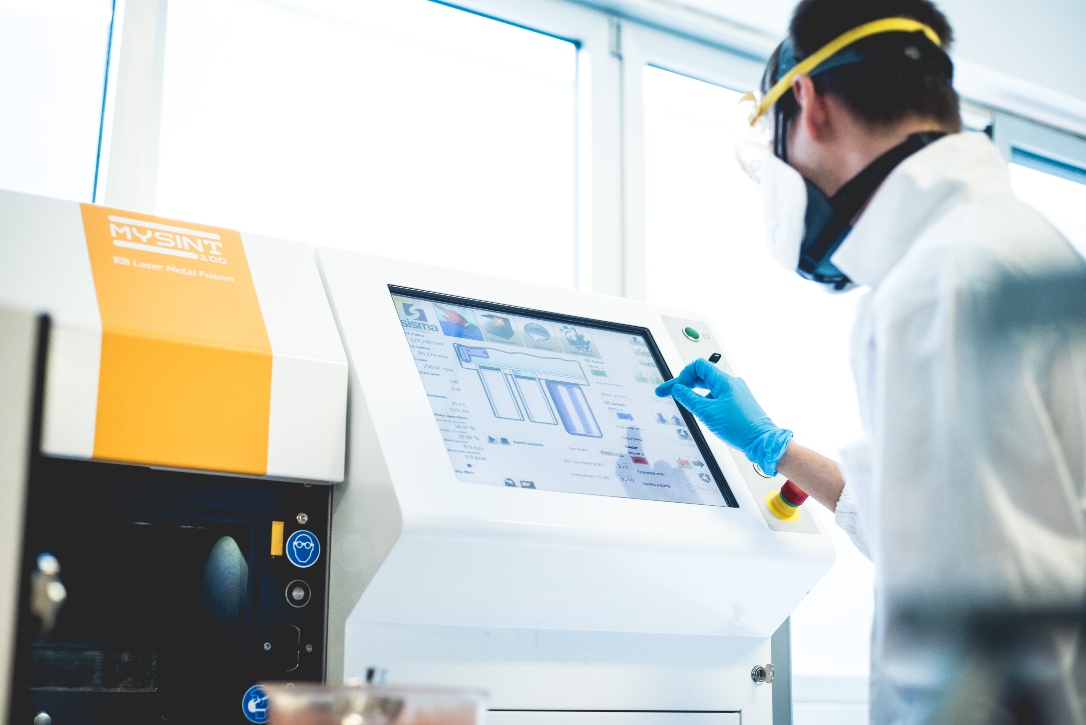Advanced Manufacturing
The Advanced Manufacturing sector deals with studying and optimising the use of PBF (power bed fusion) additive manufacturing technology, i.e. the selective fusion of successive layers of metal powders that are still little studied, such as copper and its alloys, but are innovative in many critical applications.
It is part of the project to position the Foundation as a Centre of Competence and Benchmarking of Advanced Additive Manufacturing. PBF includes both SLM (Selective Laser Melting), which uses one or more lasers as a melting source, and SEBM (Selective Electron Beam Melting), which uses a collimated electron beam.
The layer-by-layer approach makes it possible to tackle the production of components with geometries so complex that they cannot be machined with traditional production technologies.
How does the department work?
The Department operates in all phases of the production process, which can be grouped in the following way :

